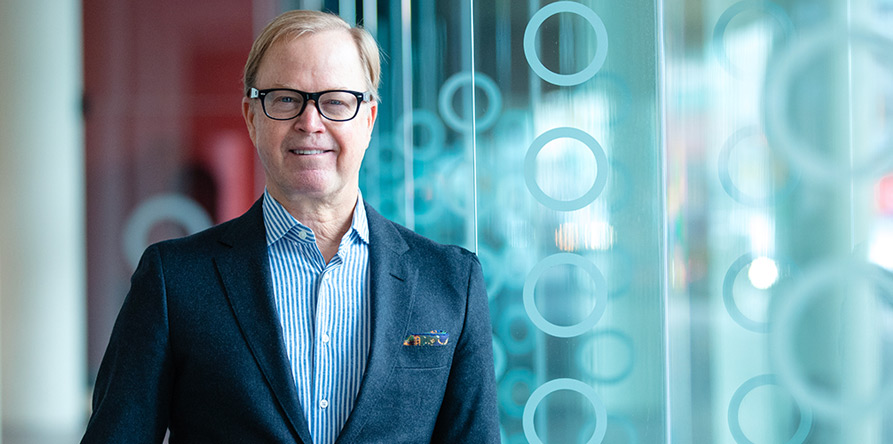
Future of advice: AI possibilities - November 5, 2025
This episode of FidelityConnects features a detailed discussion dedicated toward the future of AI, investment possibilities and practical AI tools and tips for advisors with Mark Schmehl, Portfolio Manager, Annie Wang, Director, Private Equity Investments, Darren Lekkerkerker, Portfolio Manager with other special guests.
Here are some of the key points from their conversation.
AI’s expanding role in investing
Artificial intelligence (AI) has moved well beyond the realm of experimentation. It’s now a practical tool reshaping how financial professionals work, how investment decisions are made, and how innovation is sourced. From advisor workflows to infrastructure build-outs, AI is influencing every layer of the financial ecosystem.
AI: From burden to booster
Across the advisory landscape, AI is being used to simplify and enhance everyday tasks. Advisors are leveraging tools to summarize meetings, generate newsletters and prepare client-facing materials more efficiently. These applications are helping reduce time spent on administrative work, allowing professionals to focus on client relationships and strategic planning.
Mark Schmehl described AI as a “super tool” rather than a threat, emphasizing its potential to handle repetitive tasks like compliance tracking and tax preparation. The goal isn’t to replace people, it’s to support them in doing more of what matters.
Jonathan Milne from Demand Spring added a practical layer to this conversation, sharing how advisors can use AI to create personalized coaching experiences, automate notetaking and even simulate expert panels for decision-making. His emphasis on “human-in-the-loop” models reinforces the importance of thoughtful implementation, especially in sensitive areas like client communication and privacy.
Private equity’s frontline view
Annie Wang, Director, Private Equity Investments based in San Francisco, shared how her team is focused on identifying early-stage AI startups. These companies are building the infrastructure and models that could shape the future of technology.
Mark Schmehl, who works closely with Annie, highlighted the value of this collaboration. The private equity team offers a unique lens into emerging trends, often spotting innovation before it reaches public markets. This daily exchange of ideas helps inform broader portfolio decisions.
Infrastructure fuels investment opportunity
AI’s growth is driving demand across the entire infrastructure value chain. Darren Lekkerkerker pointed to semiconductors, data centers, and utilities as areas seeing significant capital investment. Companies like NVIDIA have demonstrated strong earnings growth, supported by their leadership in AI hardware and software.
Ben Holton, Analyst and Portfolio Manager added that hyperscalers are building based on contracted demand, not speculation. The challenge now is scaling fast enough to meet the needs of AI applications, which are expanding across industries. This build-out is expected to continue over multiple years, with ripple effects in industrials, construction, and energy.
Software, sentiment, and shifting moats
AI is also reshaping the software sector. Ben noted that the market is currently sorting companies into perceived winners and losers. However, sentiment can shift quickly. Google, for example, was once seen as vulnerable to AI disruption but has since demonstrated resilience and growth across its cloud and advertising businesses.
The key is understanding whether AI enhances or disrupts a company’s competitive advantage. As Ben explained, major tech shifts can erode traditional moats, making it essential to reassess business models and long-term viability.
Balancing innovation with discipline
While Mark actively explores emerging AI applications, Darren takes a more conservative approach. His fund focuses on high-quality companies with durable moats, including holdings in retail, aerospace, life sciences and materials. He avoids early-stage private investments, preferring mature businesses with proven fundamentals.
Both approaches are complementary. Mark’s strategy leans into innovation, while Darren’s emphasizes stability and diversification. Together, they reflect the range of opportunities available in an AI-driven market.
Final Takeaway
AI is no longer a future consideration, it’s a present-day catalyst for change. Whether through advisor tools, private market innovation, infrastructure investment, or evolving consumer behavior, AI is influencing how professionals operate and invest. The message from industry leaders is clear: embrace AI thoughtfully, stay informed, and position for long-term opportunity.


